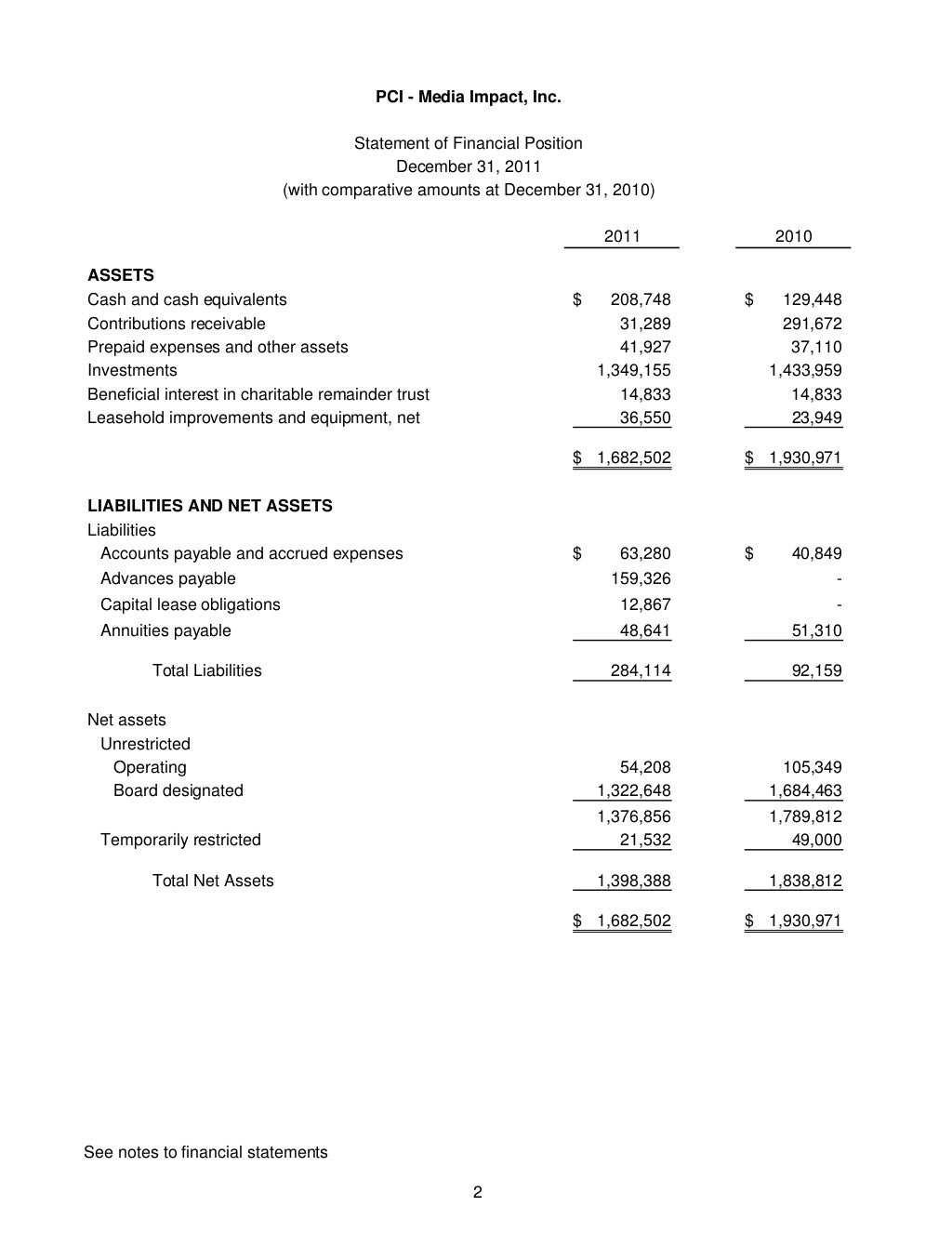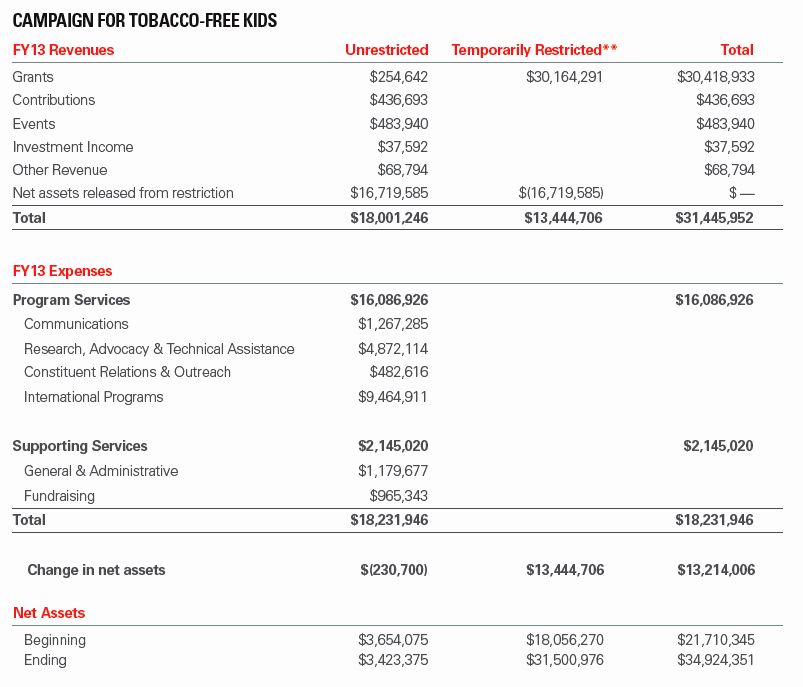Perfect Tips About Audited Financial Statements Accounting Equation Transactions Examples

In order for the accounting equation to hold, total assets should ideally be equal to the sum of total liabilities and total equity.
Audited financial statements accounting equation transactions examples. 2 illustrative corporation group: Below are some examples of transactions and how they affect the accounting equation. Cfi’s free accounting fundamentals coursewill help you better understand these examples!
For every transaction, both sides of this equation must have an equal net effect. Audit of financial statements audit of internal. As we've learned previously, the accounting equation is a mathematical expression that shows the relationship among the different elements of.
What is the accounting equation? Shown are each of the transactions. Assets = liabilities + equity.
What is the accounting equation? A financial statement audit is defined as an independent examination of the company’s financial statement and its disclosures by auditors. Ifrs example consolidated financial statements using the example financial statements the appendices illustrate an alternative.
There are different types of audits that can be performed depending on the subject matter under consideration, for example: Click transaction analysis to see the full chart with all transactions. The accounting equation shows how a company’s assets, liabilities, and equity are related and how a change in one results in a.
By displaying how business transactions affect the balance sheet and income statement, the accounting equation helps in the preparation of accurate. Back to the accounting equations, the basic accounting equation for this example is as follows: Let’s check the accounting equation:
Assets $88,100 (cash $66,800 + accounts receivable $5,000 +. Therefore, the accounting equation is basically. You gained a basic understanding of both the basic and expanded accounting equations, and looked at examples of assets, liabilities, and stockholder’s equity in define and.
An audit is an objective examination and evaluation of the financial statements of an organization to make sure that the records are a fair and accurate. As you can see, assets total $32,600,. It provides a true and fair view of its.
Cash = capital + retained earnings. Let’s summarize the transactions and make sure the accounting equation has remained balanced.


:max_bytes(150000):strip_icc()/ScreenShot2022-04-26at10.48.43AM-b060c24322b74084aa691c24b753b3fc.png)





:max_bytes(150000):strip_icc()/ScreenShot2022-04-26at10.45.59AM-aab9d8741c8f4ee1aff95f057ca2ab3a.png)







:max_bytes(150000):strip_icc()/dotdash_Final_Accounting_Equation_Aug_2020-01-5991871f007444398dea7856b442af55.jpg)
